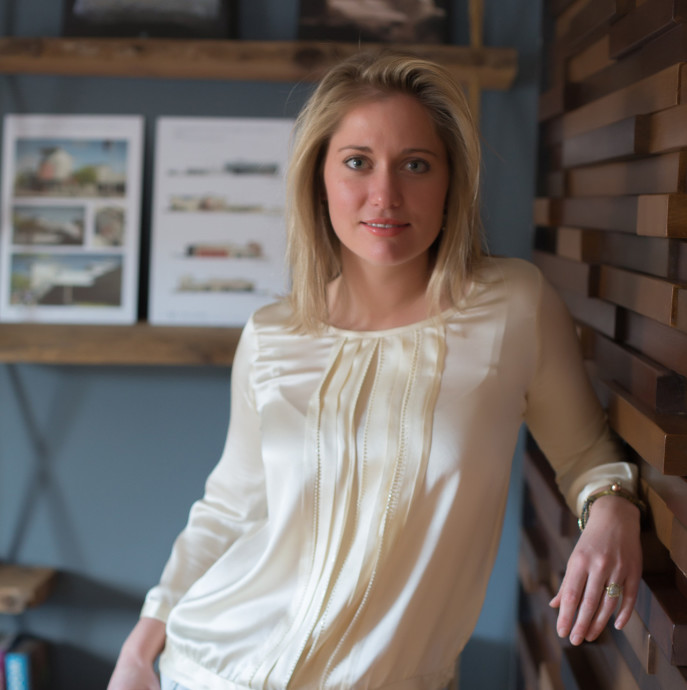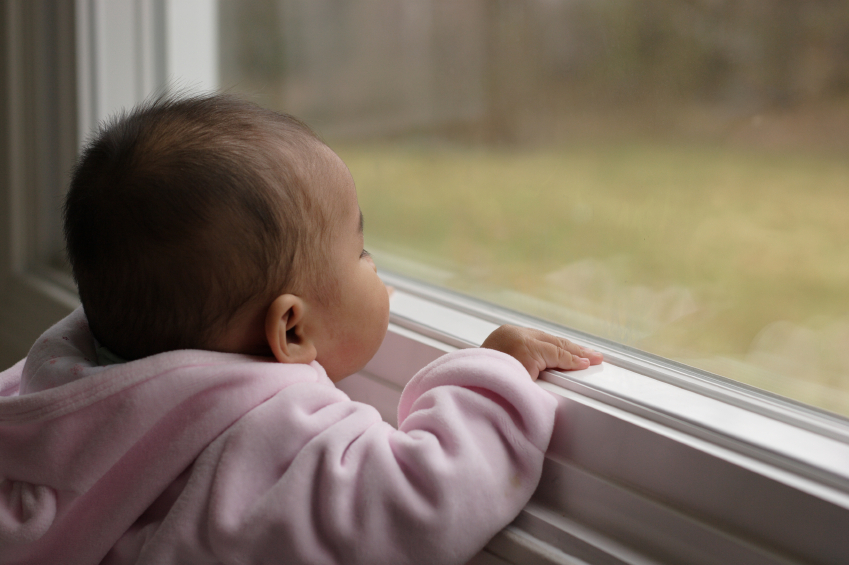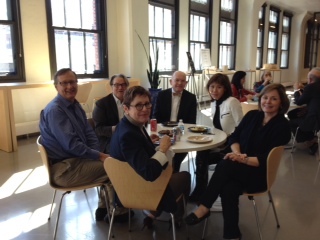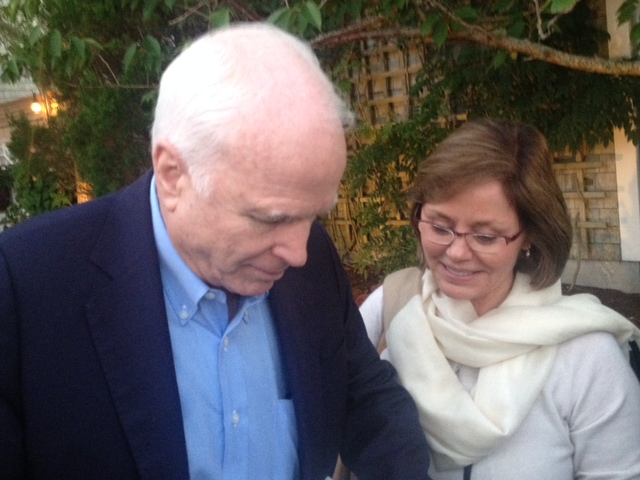photo from istock
The 2015 Paris Climate Change Conference, also known as COP21 (Conference of the Parties 21) is the twenty first meeting of what is now a near-universal membership of 195 countries. Begun in response to climate change at the Rio Earth Summit in 1992, the “Rio Convention” included the adoption of the UN Framework on Climate Change. That was the first framework for action aimed at stabilizing atmospheric concentrations of greenhouse gases.
The COP meetings exist to review the Convention’s implementation. The first COP took place in Berlin in 1995. COP3 was where the Kyoto Protocol was adopted, COP11 produced the Montreal Action Plan, COP17 was in Durban where the Green Climate Fund was created.
Ed Mazria is the founder of Architecture 2030, an organization committed to protecting our global environment by using innovation to develop bold solutions to global warming. He has called COP21 in Paris “an end to the fossil fuel era.” The historic agreement signed there is a long term goal committing almost 200 countries, including the U.S., China, India and the EU nations, to keep the global average temperature increase to “well below 2 degrees centigrade above pre-industrial levels and to pursue efforts to limit the temperature increase to 1.5 degrees centigrade.”
According to Ed, “the Paris Agreement introduces a new world, one that envisions an end to fossil fuel emissions and secures a strong mechanism to address climate change.”
COP21 attracted nearly 50,000 participants, including 25,000 official delegates. Multiple forums were held on a variety of related topics. In addition, thousands of demonstrators were permitted to gather on December 12, in spite of France’s tightened security after the recent terrorist attacks.
The following is a guest post by architect Veronica Schreibeis Smith, of Vera Iconica Architecture in Jackson, Wyoming. Veronica attended the Sustainable Energy for All Conference at the 2015 Paris Climate Conference, held from November 30 to December 12, 2015. I asked her to share her thoughts here. –Trud
We’ll begin with a few questions:
Q: Veronica, what part of the Paris Climate Conference did you attend?
A: I attended Sustainable Energy for All.
(Referred to as SE4all, “Sustainable Energy for All is a call for both revolution and reform; a radical vision where everyone can access and afford the reliable energy they need to live a productive, healthy, secure life, while respecting the planetary constraints that we all face as a result of climate change.” –Rachel Kyte, SE4All CEO/Special Representative of the UN Secretary-General)
Q: Why did you attend the Conference?
A: “The road to hell is paved with good intentions.” Many times, our good intentions have unintended consequences. As the SE4All initiative focuses on powering the world, we need to simultaneously be working on initiatives that empower (people) to make the right decisions on how to use the energy once they receive it.
Buildings consume almost half the world’s power production. If we deliver power to exponentially more people, while only focusing on doubling the efficiency of the infrastructure and doubling the amount of of sustainable energy, we likely have not made a positive impact, but rather have continued on a track of more consumption.
My focus is how can we implement grass roots movements in Third World countries that educate people on how to have healthy and sustainable homes, and make healthy decisions for their families regarding consumption and preservation of culture, once they receive the energy.
To date, my role has been as a participant in think tank type of discussions to brainstorm what initiatives and actionable steps could be viable for making this come true.
Q: What was your takeaway on the most actionable steps?
A: To get involved. Not just wait and see what others are going to do, but to donate your time or money; if you have an idea, to reach out to the United Nations Foundations and share (what) you want to put into practice and just need financing for; to promote and encourage yourself and others to get involved as a public + private relationship to make meaningful change.
What do you think were the key accomplishments?
A: For the Paris talks in general, the level of unprecedented participation from around the globe. There was a social media survey from the UN that was mostly electronic, but in some areas they had paper ballots hand-delivered to UN outposts, and tallied by staff there. For every one thousand humans on this planet, one person responded to the survey. That is 7 million people from around the world uniting to create change and a better life for a healthier planet. That alone is huge. Good will follow–in exponential increments!
From that survey, the UN defined the 17 top priorities for the 21st century. The top five are:
- Poverty
- No Hunger
- Good Health
- Quality Education
- Gender Equality
The movement asks all of us to become a global citizen. This video explains more:
Veronica continues:
- Nature is integral to human wellbeing, and a shift in the realization of our interconnectedness to the environment is continually growing. We can see this vast change in only six short years since the unsuccessful climate talks in Copenhagen in 2009. Last month, an unmistakeable belief in a successful outcome for the Paris Climate Talks was clear after the first week.
- There is no doubt that alterations in timing and logistics played a part. Most notable was the change from the world leaders’ involvement as the negotiators in 2009 to their limited role as speakers and advocates early in the first week, followed by relinquishing final negotiations to environmental and policy professionals. The greatest contributing factor came from outside the closed doors, and even outside Paris.
- The Earth to Paris movement reached an unprecedented number of people across the planet. The Internet allowed access for all, which diminished the chasm that has distanced us in the past, such as residing in a developed versus developing countries, age gaps, social and economic backgrounds, and more.
- Thousands of videos hosted by celebrities grabbed our attention on social media, surveys invited us to express our opinions, and finally, the call for Love Letters to Paris invited our thoughts to be hand delivered to leaders behind those closed doors. And it worked.
- Watch this crowdsourced love letter #earthtoparis, narrated by Morgan Freeman.
- What keeps me going back to the United Nations Foundation discussions is the focus on how public and private sectors can unite to transform ideas into reality, to move from talk to walk. We heard success stories from Global Alliance for Clean Cookstoves, examples of how companies like Phillips Petroleum are leaping toward carbon-free operations and incorporating holistic, circular economy strategies, and how start-ups are innovating solutions, such as Mobilsol, which delivers off-the-grid solar energy via drones in Africa.
- A subtle shift in perspective and an increase in awareness, followed by one actionable step after another is the catalyst needed to inspire individuals, companies, and economies of scale to make meaningful change, toward better husbandry of the earth.
- Small shifts in perspective can cause massive ripples. After all, thoughts are things, and the unification of humanity’s thoughts will certainly cause waves. A connected world is powerful. A united world is power. Join in the efforts. Do your part. You make a difference as a collective part of the whole.
Veronica Schreibeis Smith is the CEO and Founding Principal of Vera Iconica Architecture. Veronica’s entrepreneurial half is driven by the vision of creating company structures that support and empower individuals to reach their highest potential, while the architect in her is driven to raise awareness of the profound effects our surroundings have on our wellbeing. She has practiced architecture on four continents, and continues working internationally. She chairs the Wellness Architecture Initiative for the Global Wellness Institute, and recently founded Designed Developments, a B Corporation that invests in a new model of building to inspire and perpetuate the celebration of the richness of culture, pay homage to the natural landscape,and create environments that nourish our wellbeing and feed our souls.





![Gulls on the side of the Seine [url=http://www.istockphoto.com/file_search.php?action=file&lightboxID=4328606][img]http://www.erichood.net/paris.jpg[/img][/url]](https://dujardindesign.com/wp-content/uploads/paris-river-seine-seagulls-687x457.jpg)






